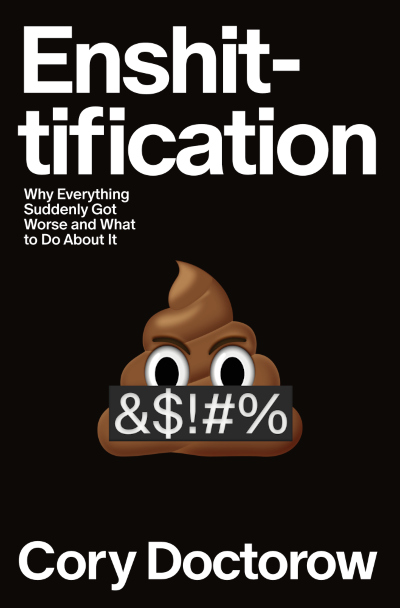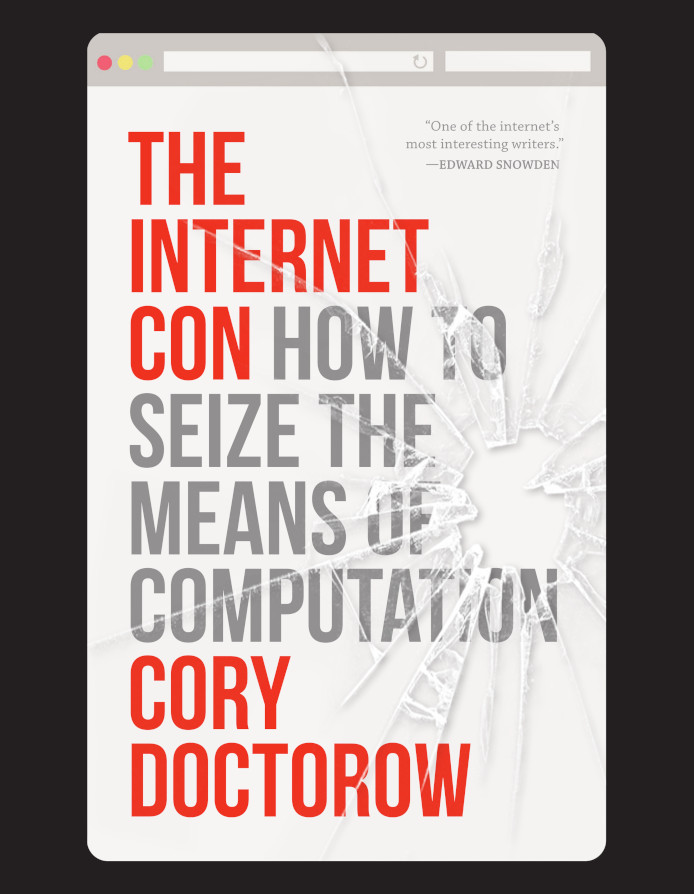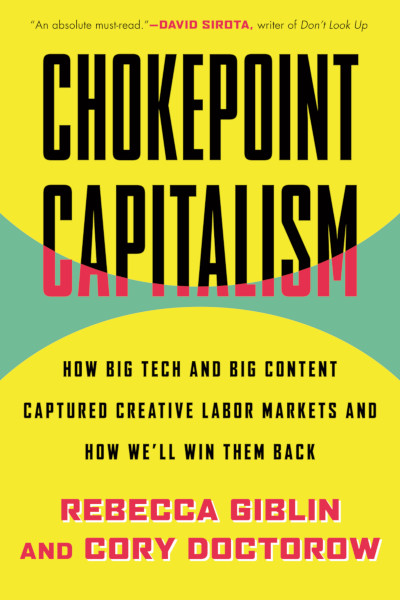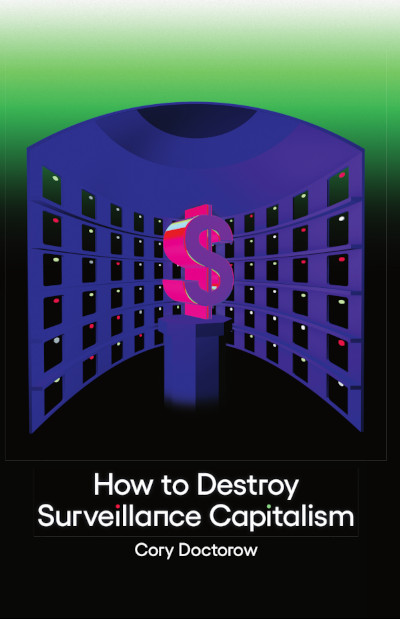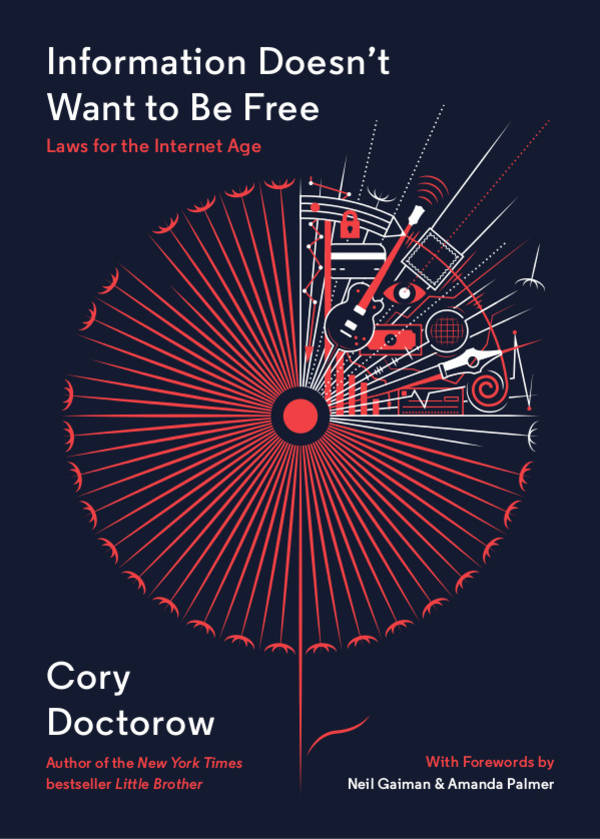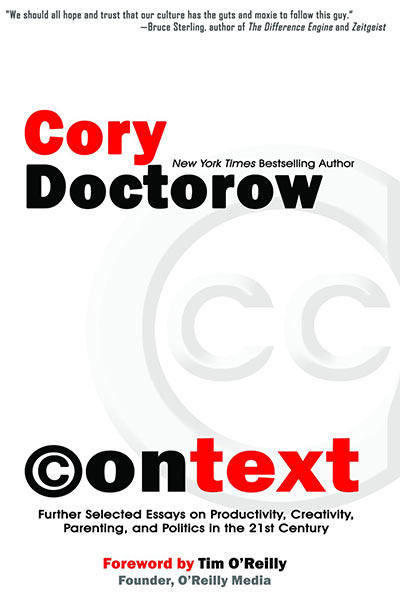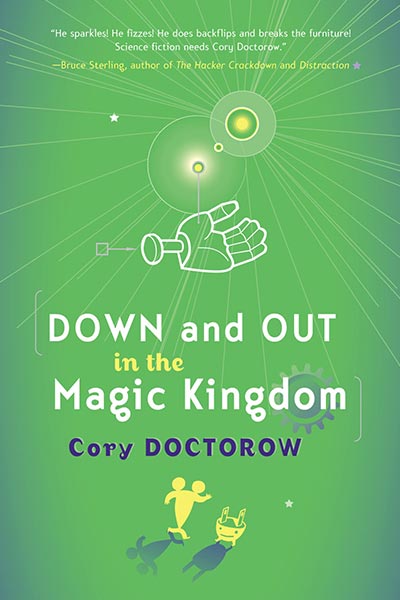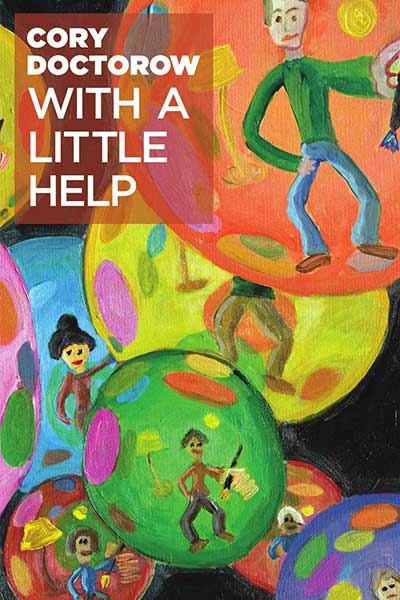
This week on my podcast, I read my latest Locus column, “Social Quitting, about the enshittification lifecycle of social media platforms.
But as Facebook and Twitter cemented their dominance, they steadily changed their services to capture more and more of the value that their users generated for them. At first, the companies shifted value from users to advertisers: engaging in more surveillance to enable finer-grained targeting and offering more intrusive forms of advertising that would fetch high prices from advertisers.This enshittification was made possible by high switching costs. The vast communities who’d been brought in by network effects were so valuable that users couldn’t afford to quit, because that would mean giving up on important personal, professional, commercial, and romantic ties. And just to make sure that users didn’t sneak away, Facebook aggressively litigated against upstarts that made it possible to stay in touch with your friends without using its services. Twitter consistently whittled away at its API support, neutering it in ways that made it harder and harder to leave Twitter without giving up the value it gave you.
